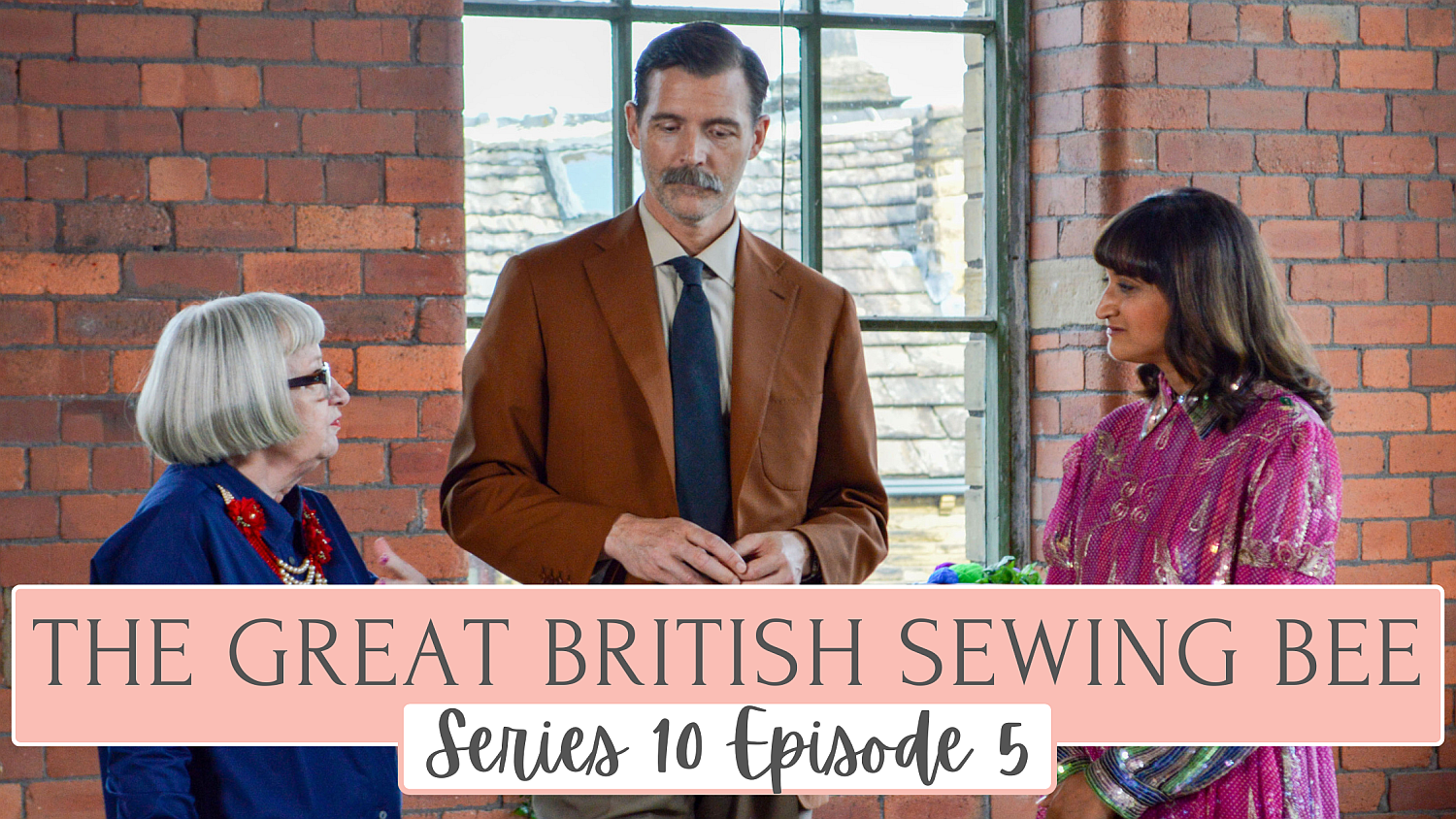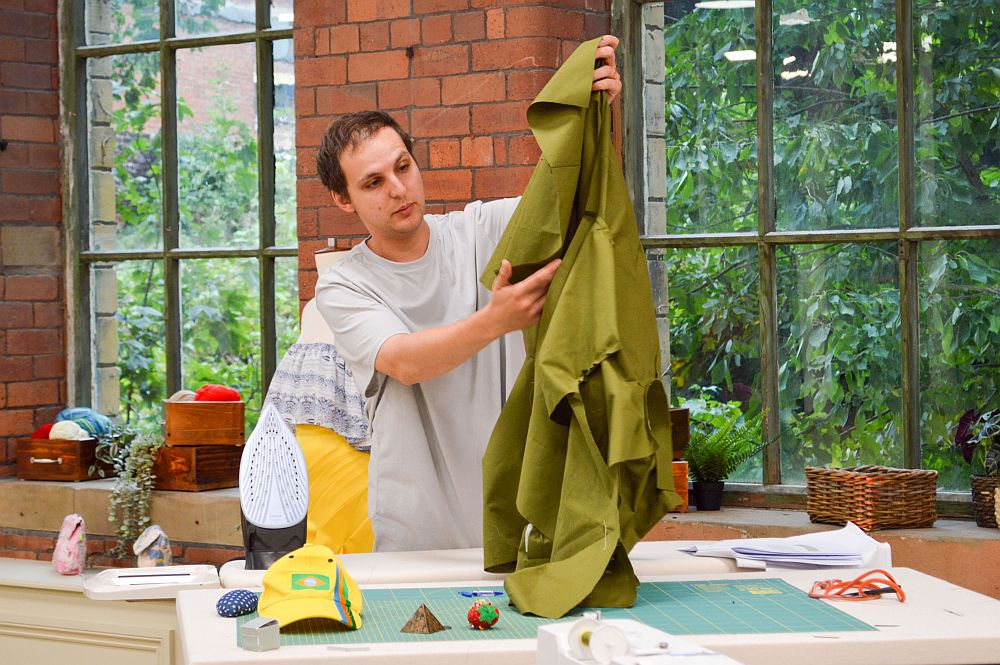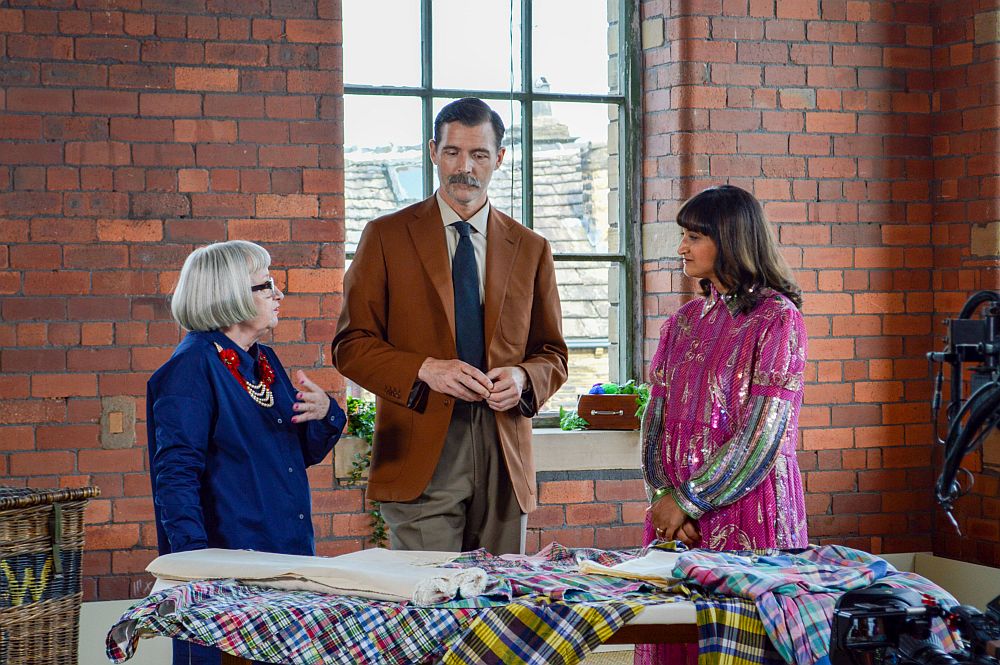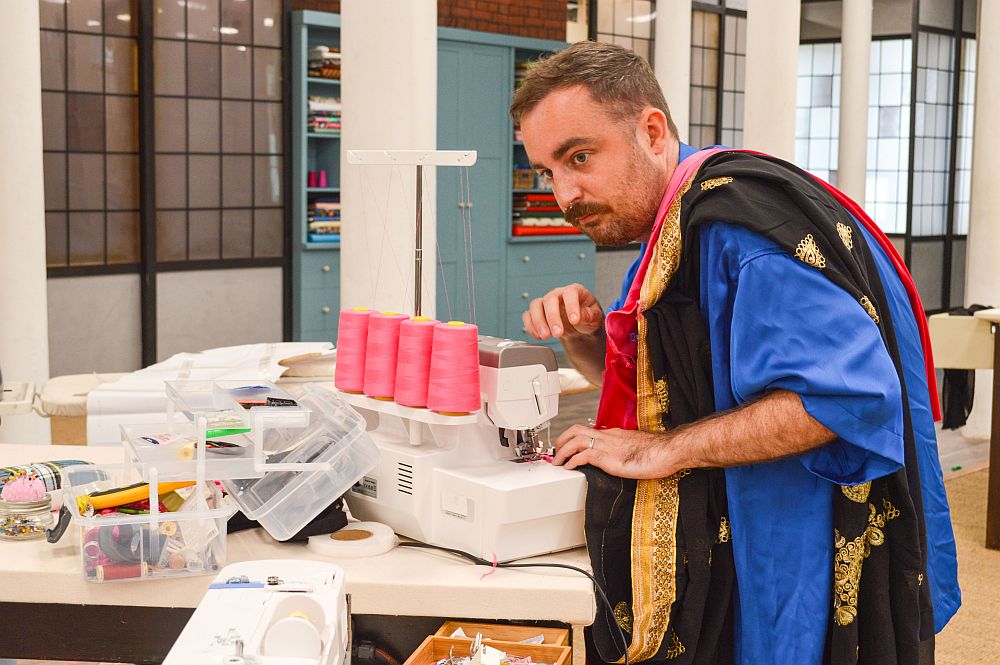2024

There was huge excitement in the sewing room this week as The Great British Sewing Bee celebrated the garments and textiles of India. Patrick Grant and Esme Young were joined by special guest judge, curator and writer, Priya Khanchandani. Catch up on all episodes at bbc.co.uk/iplayer
We loved Kiell’s quote: “When we think of anything, we think about sewing!” It sums us up to a T!
After last week’s foray into accessories for the pattern challenge, we were back with a really iconic garment - the Nehru jacket. Named after the first Prime Minister of India, Jawaharlal Nehru, this style of jacket has been universally popular since the 1960s.
The sewers could use any fabric from the sewing room but it had to be smart. Most contestants opted for cotton or linen, while Lauren chose for a lighter weight material and Pascha and Suzy both took a gamble with brocade.

The welt pockets and stand collar are key elements in the design, while the double-ended darts added a tailoring element. The sewers had great difficulties with buttonholes in week one, could they manage the five buttons this week?
We love Suzy’s positive potato and Kiell even brought along his Positivi-peas! Why not sew your own peas with Corinne Bradd’s Felt Vegetable Sewing Pattern

————————————————————————————————————-
Day one ended as always, with the Transformation challenge, which this week featured Madras check and calico fabrics that were to be combined into an interesting summer outfit. They had the usual 90 minutes and the challenge was to combine the different materials, which some contestants found easier than others! Madras is a lightweight fabric that features plaid and tartan-like colour patterns, while calico is a plain, often more structured fabric which offers great contrast.

————————————————————————————————————-
Have you ever made eveningwear in four and a half hours? Well that was the challenge set to our sewists in the Made-to-Measure, and to tie in with the theme of the week, the garments had to be inspired by the sari. Priya explained that traditionally, a sari is a single piece of unstitched cloth that is pleated, tucked and draped - and there are over 100 ways of draping a sari!
Check out our crash course on pleats here.
The sewers found patterns they liked and adapted them to meet the sari criteria. Lauren went one step further and drafted her own pattern!
Aisla reflected her Scottish heritage with her culture clash design, while Georgie, Luke and Alex all used second-hand saris in theirs. Luke even teased the judges with a secret catwalk reveal that they told us involved clever use of magnets!

More than one sewer had a tricky day in the sewing room, with designs needing changing at the last minute, but we were still hugely impressed with the final garments.
Images: BBC/Love Productions
————————————————————————————————————-
Dabble with draping with Amanda Walker’s Cowl Neck Tunic Pattern, made in a sari-inspired chiffon fabric.
Buy online at sewmag.co.uk/shop
.png)
New this week
.jpg)
Quick Quilting & Patchwork Patterns and Inspiration
9 Apr 2025
[includes sponsored content] From small pieced projects to statement throws, these patterns and products…

Easy Ways To Get Kids Sewing!
11 Mar 2025
[contains sponsored content] Share your love of sewing with a young one and give…

Creative Book Awards 2025 Shortlist Unveiled!
17 Jan 2025
Welcome to the Creative Book Awards 2025! Since launching in 2021, these awards…
